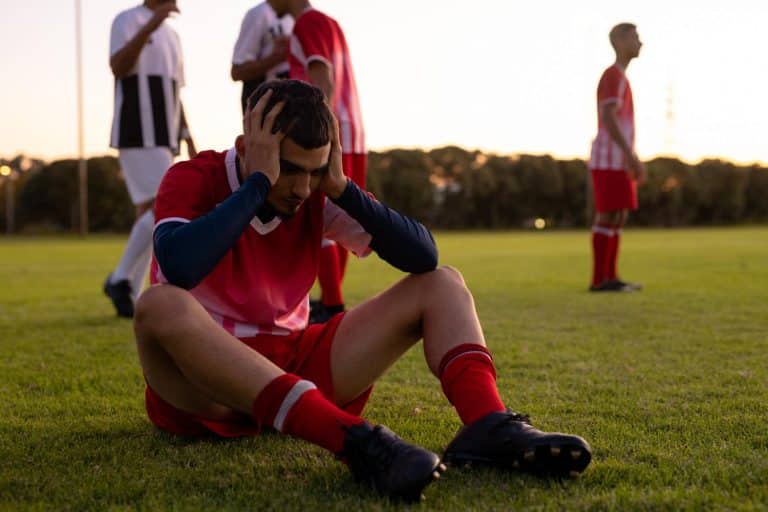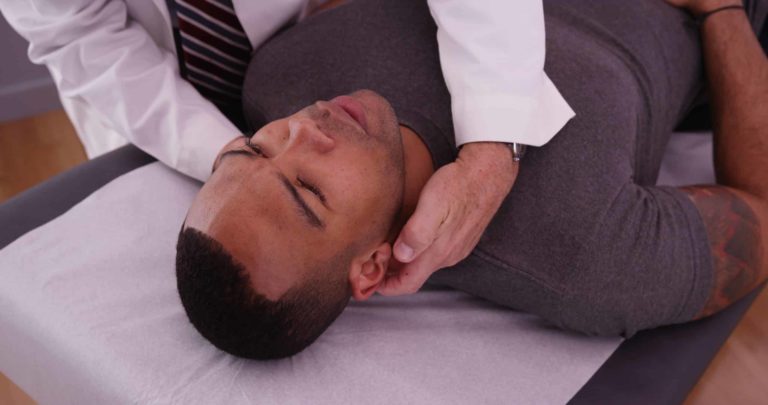Rugby is one of the most physical and fast-paced sports in the world, but with that intensity comes a serious responsibility: protecting players from concussions. For coaches, trainers, and clubs, the challenge isn’t just about recognizing an injury; it’s about preventing, assessing, and managing it effectively.
Fortunately, technology is transforming concussion management in rugby, helping teams create safer playing environments while staying compliant with health protocols.
In this article, we explore how rugby clubs can use digital tools, data analytics, and concussion management systems like XLNTBrain to protect their athletes from one of the sport’s most pressing risks.
Why Concussions Are a Major Issue in Rugby
Rugby’s full-contact nature makes head impacts a frequent concern. Even with proper tackling technique, players can suffer concussions during:
- Scrums and rucks
- High tackles and collisions
- Accidental head clashes
- Ground contact after a tackle
Studies have shown that rugby players have one of the highest concussion rates among team sports, often surpassing football and hockey.
Concussions, when not detected early or managed correctly, can lead to:
- Long-term cognitive issues
- Post-concussion syndrome
- Increased risk of re-injury
- Emotional and behavioral changes
That’s why rugby clubs around the world are turning to concussion management technology to detect, monitor, and support recovery with scientific accuracy.
The Role of Technology in Modern Concussion Management
Technology provides rugby clubs with the objectivity and speed needed to make critical decisions on and off the field. Modern concussion management platforms like XLNTBrain combine neurocognitive testing, symptom tracking, and recovery analytics to ensure players get back to the game safely.
Here’s how technology is changing the way rugby clubs protect their players.
1. Baseline Testing Before the Season
Before players hit the field, clubs can conduct baseline concussion tests to capture each athlete’s normal cognitive and balance performance. This provides a personalized reference point for comparison in case of injury, helping medical staff identify subtle changes post-impact.
Benefits:
- Early detection of deviations
- Reliable data to guide return-to-play decisions
- Objective insight into player readiness
2. Sideline Assessments in Real Time
During matches, sideline assessment tools allow medical staff or coaches to evaluate suspected concussions immediately using smartphones or tablets. Instead of relying solely on subjective observation, apps powered by scientific protocols record measurable data such as:
- Reaction time
- Balance tests
- Memory and concentration performance
With solutions like the Sideline Assessment Tool within XLNTBrain’s feature suite, coaches can make quick, confident decisions about whether a player should return to play or sit out.
3. Symptom Tracking and Recovery Monitoring
Modern platforms allow clubs to track symptoms over time, recording physical and cognitive progress daily. Players or medical staff can log:
- Headache intensity
- Sleep quality
- Mood and energy levels
- Cognitive sharpness
This continuous data stream gives teams a clear recovery curve, ensuring that no player returns prematurely, which significantly reduces long-term risks.
4. Data-Driven Return-to-Play Protocols
Every concussion is unique, so data-driven decision-making is crucial. Rugby clubs can now integrate customized Return-to-Play (RTP) protocols that automatically guide when a player is cleared for training or competition again.
Technology ensures that:
- Decisions are backed by measurable data
- Compliance with the rugby federation protocols is maintained
- Communication between coaches, athletes, and medical staff is transparent
XLNTBrain’s platform helps organizations follow step-by-step RTP procedures while keeping player welfare at the center of the process.
5. Long-Term Player Safety and Education
Beyond testing and recovery, technology plays an important role in educating players and staff. By analyzing data trends across teams or seasons, clubs can:
- Identify risk patterns
- Adjust training intensity
- Reinforce safe playing habits
- Provide concussion awareness and education
This approach creates a culture of safety, where players understand the importance of reporting symptoms, and coaches have the right data to protect them.
Rugby’s Commitment to Player Safety: The Capital Rugby Union Partnership
A recent example of leadership in player safety is the partnership between Capital Rugby Union and XLNTBrain, announced as part of their joint commitment to improve concussion management in rugby. You can read more about this initiative on rugby.org.
This collaboration demonstrates how rugby organizations are embracing innovation to make concussion monitoring faster, smarter, and more reliable. By adopting the XLNTBrain system, Capital Rugby Union provides its teams with the tools to track, assess, and manage head injuries effectively, setting a new standard for athlete care in the sport.
Why Rugby Clubs Choose XLNTBrain
Rugby organizations, including the Capital Rugby Union, are adopting XLNTBrain’s all-in-one concussion management system to streamline safety programs and improve medical decision-making.
What makes XLNTBrain stand out:
- End-to-end management from baseline to recovery
- Intuitive mobile and web interface
- Real-time tracking and reporting
- Compliance with rugby safety regulations
- Support for clubs, schools, and sports organizations
With a solution like XLNTBrain, rugby clubs can move from reactive to proactive, creating evidence-based safety cultures that protect players and preserve team performance.
Final Thoughts: Protect the Players, Protect the Game
Rugby’s spirit is built on courage, teamwork, and respect, and that must include respect for player health. By integrating concussion management technology, clubs can transform how they detect, treat, and prevent concussions, ensuring the game’s future remains strong and safe.
If your organization is ready to upgrade its concussion management program, explore how XLNTBrain can help your rugby club lead the way in athlete safety and performance.





